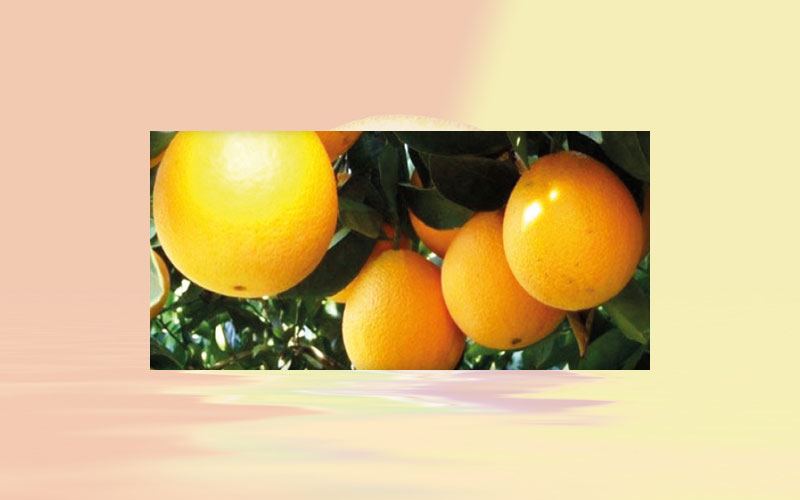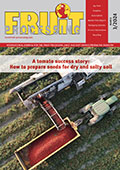Demand from the European Union for the Brazilian juice continues firm
Brazilian exports of Frozen Concentrate Orange Juice (FCOJ) Equivalent increased in October for the fourth consecutive month. This season (July to October/19), Brazil has shipped 390.5 thousand tons of the product to all destinations, 19 % more than that exported in the same period last year, according to data from Secex.

Brazilian exports of Frozen Concentrate Orange Juice (FCOJ) Equivalent increased in October for the fourth consecutive month. This season (July to October/19), Brazil has shipped 390.5 thousand tons of the product to all destinations, 19 % more than that exported in the same period last year, according to data from Secex. Revenue, in turn, rose 8 %, in the same comparison, totaling 672.27 million USD.
This result was already expected by agents from the sector, who were based on the needs of bottling plants from the European Union (number one destination for the Brazilian juice) to replenish inventories – it is worth to mention that, last season, national shipments to the EU decreased. This season (2019/20), exports to the EU have already reached 284.3 thousand tons, 25 % up compared to the volume shipped between July and October 2018.
Shipments to the United States continue to decrease – between July and October/19, Brazilian exports to the USA decreased 6 %, totaling only 53.5 thousand tons, still reflecting the 2018/19 harvest offset in Florida as well as perspectives for a positive scenario in the American state in 2019/20.
Brazilian juice exports should continue on the rise in the coming months, due to the higher orange production in the citrus belt (São Paulo and Triângulo Mineiro) and the needs of European bottling plants to replenish inventories. Shipments to the USA, in turn, will depend on the output from Florida (although greening has been controlled, it still damages local groves).
BRAZILIAN MARKET – The demand for oranges was firm in the in natura market in the first fortnight of November, according to Cepea collaborators, pushing up prices. As regards supply, the low availability of higher quality fruits and the reduction in the pear orange harvesting helped to underpin quotes. Between Nov. 1 and 14, pear orange quotes averaged 28.04 BRL per 40.8-kilo box, on tree, 31.1 % up compared to that in the first half of October.
As regards tahiti lime, the volume available in the in natura market of SP is increasing – although most are small-sized fruits, which are traded at lower prices. According to agents consulted by Cepea, the gradual supply increase tends to press down quotes from now onwards. Between Nov. 1 and 14, tahiti lime prices averaged 91.37 BRL per 27-kilo box, harvested, 14.3 % down compared to that in the first fortnight of October.
EXPORTS – Brazilian shipments of tahiti lime continue at record levels, both in terms of volume and revenue, favored by the higher supply between April and May. Between January and October/19, exports of lemon and lime totaled 93.3 thousand tons, 13.6 % up compared to that from the same period last year, according to Secex. Revenue, in turn, totaled 78.5 million USD, 3.2 % higher, in the same comparison. As supply increases in Brazil, which is expected between late November and early December, agents expect quotes to drop and shipments to increase, since lower prices favor the competitiveness of the Brazilian product in the international market.









